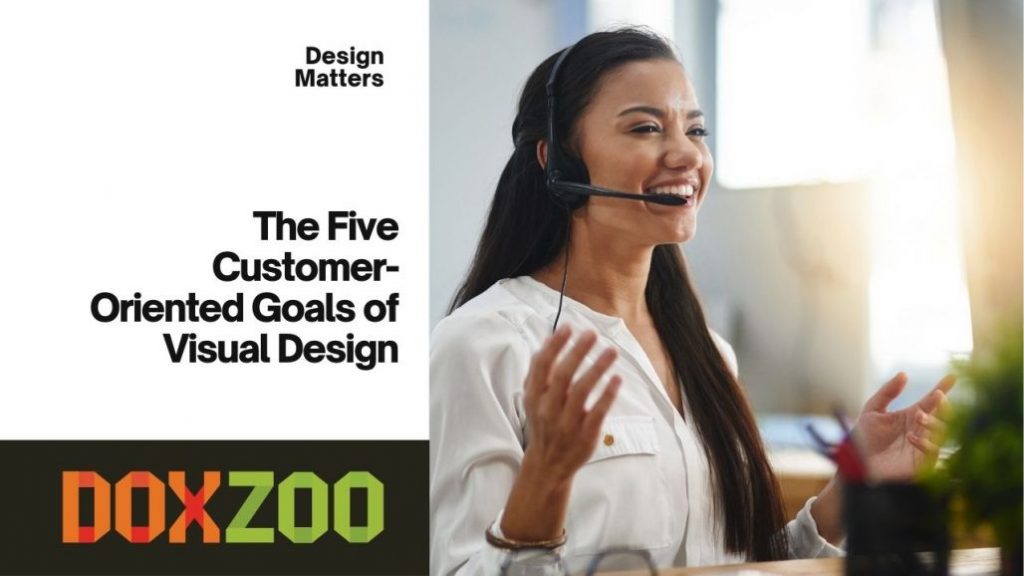Corporate communication operates in the tension between a fact-based strategy and the creation of an emotionally charged advertising message. Thus, print materials result from prior deliberations and from the powerful impact of emotion-triggering visual worlds. Overall, graphic design should elicit sympathy for the offer from the viewer. The visual language, with its design elements and typography, contributes to this. How does emotionalisation work in print materials?
In marketing, it’s about strategies. But it’s not strategies that convince potential customers; it’s the emotions triggered by those strategies. People who are enthusiastic about something do so not coolly and rationally but primarily through emotions. Even if, for example, a car has technical specifications that can be a selling point, in the customer’s imagination, the feeling of owning this technology and experiencing, for example, the comfort or the power of speed dominates. Products thus integrate into one’s life and lifestyle and are ideally inseparable from it – which underlies the concept of brand loyalty.
Emotion and Objectivity
Media design must balance the objectivity of facts with the world of emotions and visions. It’s in the synthesis of these two aspects that companies and their offers become emotionally charged. The goals are to:
- Captivate the customer,
- Bind them to the product,
- Retain them as a customer.
They should develop a feeling for the company and its offerings. For instance, a designer laptop is not just a piece of technology but a lifestyle accessory. Products become companions and enhancers of a lifestyle.
There are three approaches to balancing factual aspects and emotional affinity:
- Fact-based: In industries like capital goods, technical specifications and facts such as logistics, availability, response, and delivery times are crucial. An overly emotional presentation could obscure these solid arguments.
- Image-oriented: In the consumer goods industry, facts are secondary in communication – the image is fundamental. However, this approach is increasingly changing due to societal shifts towards the critical consumer.
- Image-oriented facts: There is a mix of both in many industries. The automotive industry uses image campaigns, while simultaneously providing fact-oriented data in product datasheets about performance, consumption, or environmental aspects.
Means, Themes, and Methods of Emotional Design
Advertising and media design should convey vitality. This is evident, for example, in dynamic images or expressive, animated designs. Visual tension has much to do with conveying sensations. Approaches for emotionalisation can include:
- Aesthetics: Beauty in design.
- Motif: Images that specifically target emotions.
- Execution: Craftsmanship and creativity in an illustration.
- Standards: Artistry in editorial design.
- Humour: Use of wit, caricatures, or mascots.
Some examples of emotionalisation methods include:
Dramatisation, exaggeration, provocation, or taboo-breaking, often used in youth communication. Cuteness, using children and animals as motifs. Elevation, common in the luxury goods segment. Theme relevance: Key target group themes such as “safety,” “ageing,” or “health,” which financial institutions, insurance companies, or the health sector use to emotionally press “buttons.”
From a client’s perspective, the design should not only be distinctive and stand out in the competitive environment but also respond to the questions posed by marketing strategy or product strategy. Additionally, it should meet requirements such as:
- Aligning with the corporate design or
- Being current with a trend important to the target group.
Goals of Media Design Between Emotion and Strategy
In media design, five marketing-oriented goals should be achieved within the described tension between factual and emotional aspects to engage, captivate, and activate customers. These goals can be understood as a basic checklist for visual communication:
- Abstraction and Simplification: Every print item is a message to an existing or potential customer. It involves focusing on essential content and its design, which requires distinguishing the unimportant from the important and then setting the sequence of messages and emotional elements.
- Accessibility and Consumability: Simplification allows the target audience to develop a positive attitude towards the offering immediately and effortlessly. Just as a catchy tune sticks in the mind, so too should visual stimuli.
- Positioning and Corporate Identity: The easy consumability of visual content aligns with the needs of the target audience. Simultaneously, the company’s position as the sender of the messages is crucial for their sustainability. This aspect is overarching and long-term, enduring beyond various advertising campaigns.
- Visual Emotionalisation and Product Affinity: Having achieved the first three goals, embedding in the emotional world of the target group is the next. A design that resonates empathetically is the result of deliberate considerations, allowing the designer to emotionally and mentally align with the target audience.
- Customer Retention and Customer Engagement Updating: At this stage, the interested or potential customer has become an actual customer. To stabilise customer loyalty, ongoing engagement through consistent visual stimuli in advertising materials is essential.
Visual communication ultimately aims to create a stable and functional bridge between marketing alignment, design, and customer sentiment. Achieving this turns customer outreach into deeper engagement and sets the stage for potential long-term customer loyalty. The updating of customer engagement is then the goal of subsequent messages, which may include mailings, newsletters, discount promotions, test drives, contests, or events, ensuring the messages to the customer are refreshed with new offers. In this chain, the visual medium develops its strongest pull, being memorable and therefore sustainable in updating communication.
Looking for a reliable printing company?
Get an instant quote